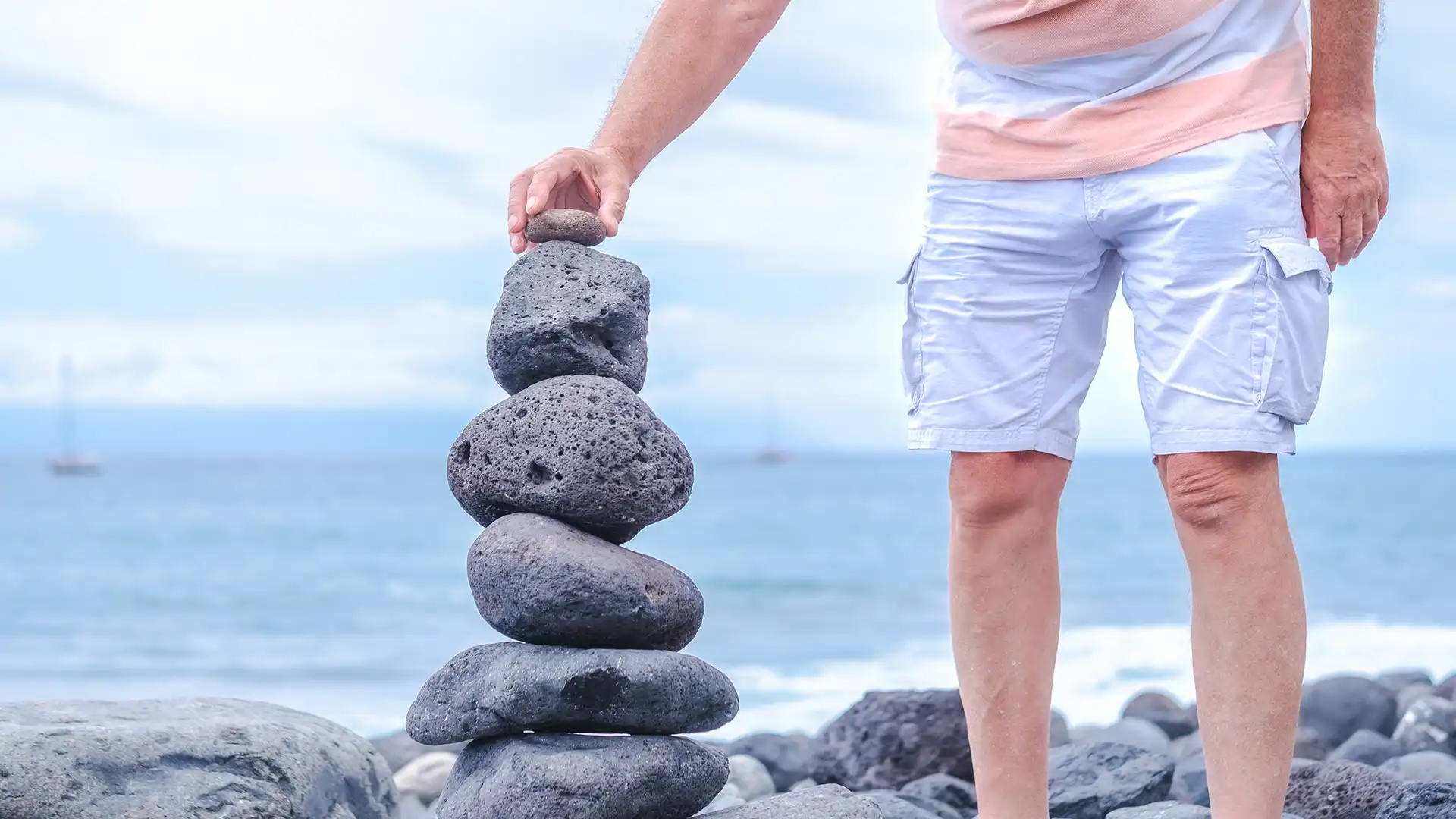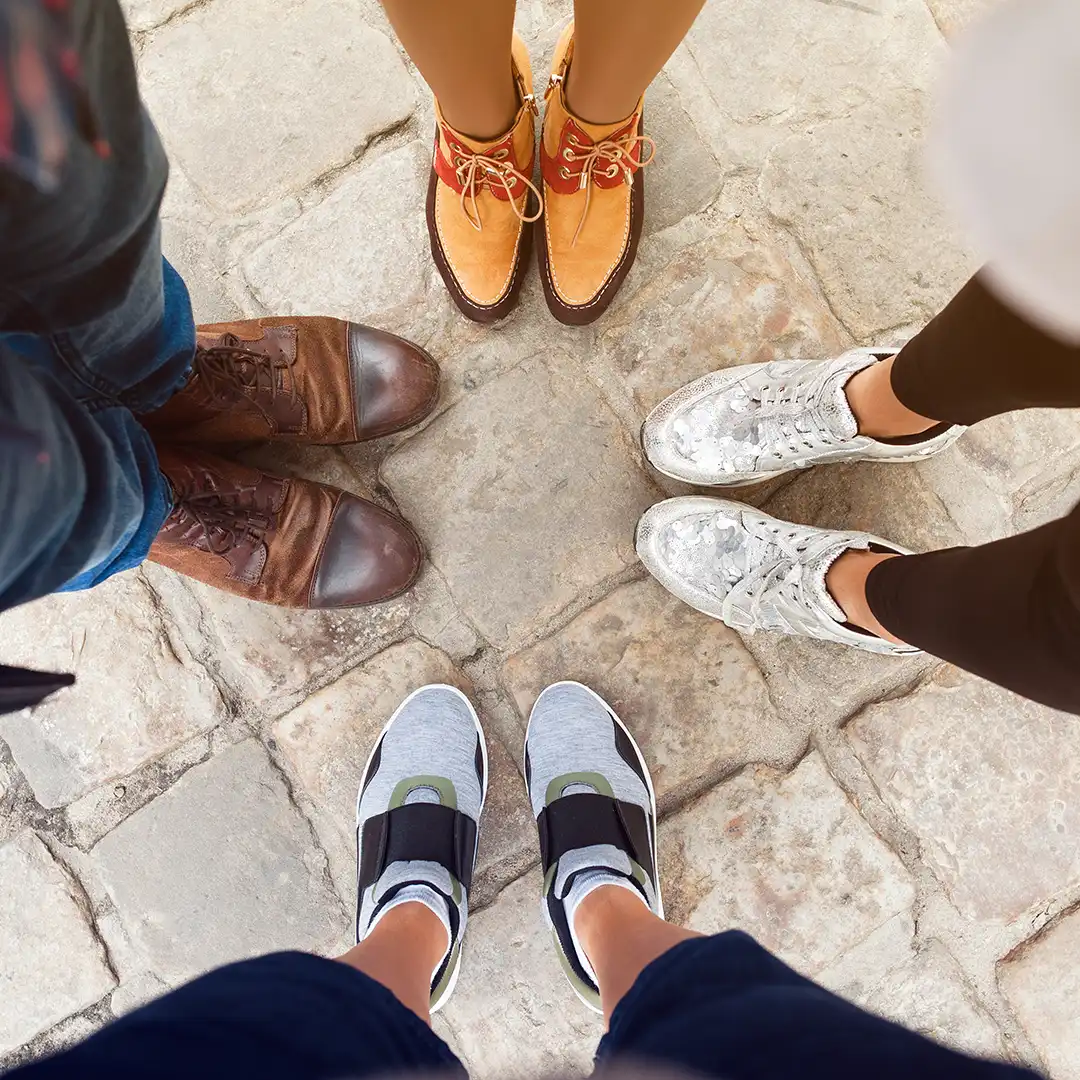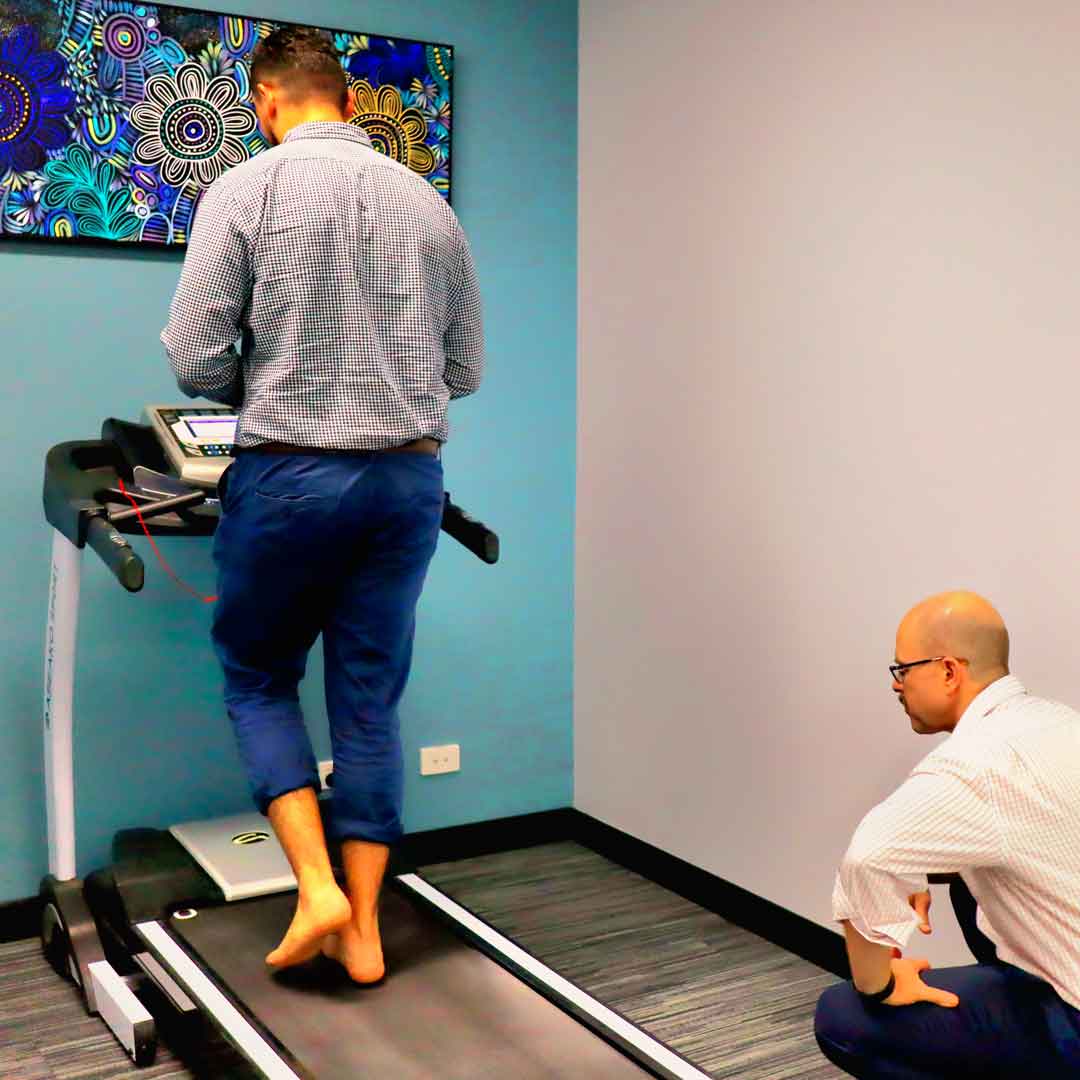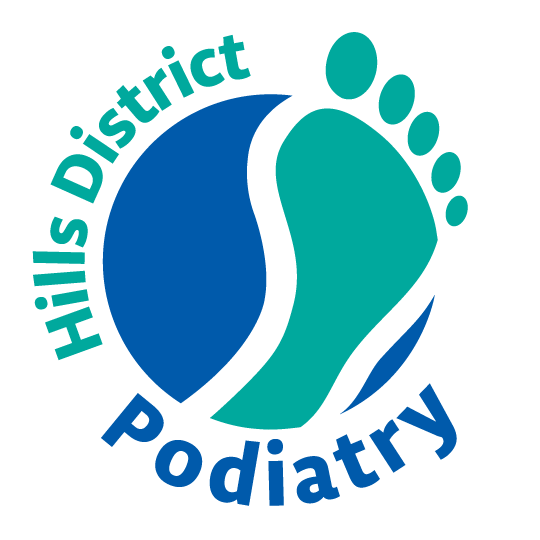Why Your Knees, Hips, or Lower Back Might Hurt Because of Your Feet
When pain strikes in your knees, hips, or lower back, it’s natural to assume the problem is in those joints. But did you know that your feet could actually be the cause?
Every step you take sends forces from the ground up through your ankles, knees, hips, and spine. If your feet aren’t moving properly, it can create a chain reaction of stress and pain further up the body.
The Foot to Body Connection
Think of your feet as the base of a building. If the base tilts or shifts, the walls above begin to crack under pressure. A similar thing can happen in the body.
- Feet that roll too far inward (overpronation) or too far outward (supination) can affect the way that everything on top of it works.
- This puts uneven stress on your joints, leading to knee, hip, or even lower back pain over time.

Signs Your Pain Could Be Foot-Related
Not sure if your feet are the hidden cause of your pain? Here are some clues supported by clinical research:
- Supportive shoes make you feel better
If your pain eases when you wear supportive footwear, it’s often a sign your foot mechanics are involved. - Your shoes wear down unevenly
Look at the soles of your shoes. If one side is more worn than the other, your feet may not be moving evenly. - Pain worsens after standing or walking on hard surfaces
Hard floors plus unsupportive shoes often highlight problems cause by your feet. - Pain that is mainly on one side
A dysfunctional foot can cause pain on the same side of the body or in some instances, cause the opposite side of the body to overcompensate. - You also have foot or ankle pain
If your feet hurt as well as your knees, hips, or back, there’s a good chance everything is linked.

How Podiatrists Can Help
At Hills District Podiatry, we look beyond the painful area to find the real cause. Our assessment may include:
- Gait analysis – watching how your feet and legs move when you walk or run.
- Foot posture and function tests – checking if your feet roll in or out too much.
- Muscle and joint checks – finding imbalances that may be adding extra strain.
- Footwear review – making sure your shoes are helping, not hurting.
From there, we can recommend treatments such as targeted exercises, custom orthotics or shoe changes to correct the underlying issue.

What You Can Do at Home
- Choose supportive shoes with firm heel counters and stable midsoles.
- Stretch your calves and strengthen your hips and glutes to improve movement.
- Watch for warning signs like uneven shoe wear or pain that improves in supportive footwear.
The Takeaway
Frequently Asked Questions: Understanding the Link Between Your Feet and Body Pain
Knee pain during walking is often caused by poor foot mechanics, such as overpronation (when your foot rolls too far inward). This incorrect motion can cause your lower leg to rotate internally, putting abnormal stress on the knee joint and leading to pain and inflammation.
Custom foot orthotics are often a highly effective treatment. By correcting the underlying biomechanical issues in your feet, orthotics can restore proper alignment to your legs, hips, and spine. This support reduces abnormal stress on your joints and can significantly relieve or eliminate your pain.
